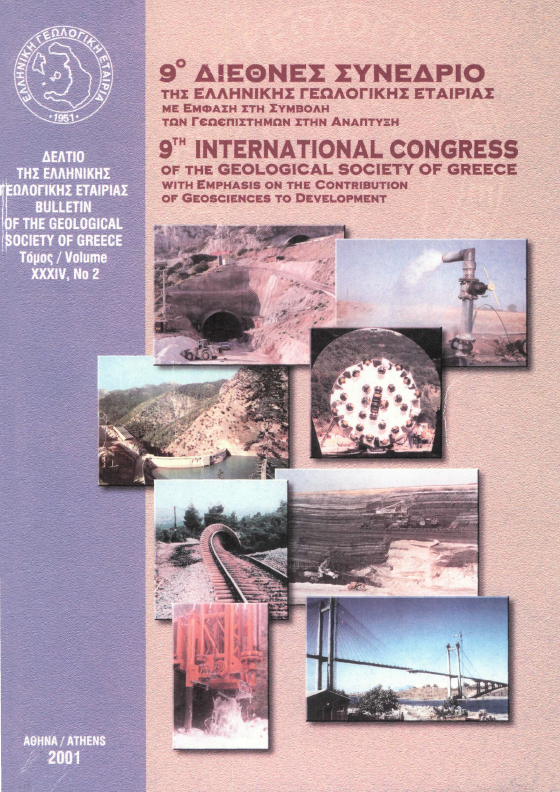Other coiling changes in Globoratalia Acostaensis unknown till now in Mediterranean area

Abstract
In this study, all samples from Tortonian to Early Pliocene sediments of Zvernec-Vlora and Kavaja-Durres regions within Peri-Adriatic Foredeep (PAF) of Albania containing Globorotalia acostaensis were studied qualitatively and quantitatively. Based on these analyses resulted that G. acostaensis have changed coiling ratio direction during G. acostaensis and G. obliquus extremus Zone of Tortonian, differently from that known in Mediterranean area up to now. This is not a short time interval, which more exactly is from the first appearance of G. acostaensis to first appearance of G. suterae, at the upper part of G. extremus Zone. Another documented and explaining unconformity here is related with beginning of Pliocene sediments. There are at least four alienating sinistral and dextral coiling changes in G.acostaensis populations. Also in this work is given the history of the study of G acostaensis and which maybe causes that this species in Mediterranean province and especially in our country is used relatively late as zonal marker species. The main object of stratigraphers and paleontologists has been finding a successive section, with uninterrupted sedimentation, possibly for the longest geological time. Regarding to this phenomenon could be explained resulting unconformity between coiling ratio changes in Globorotalia acostaensis of the present study and other studies carried out in Mediterranean area on this occasion up to now. It is difficult to understand here the resulting unconformity during the main part of Tortonian age, which prolonged more than 2 m.y. Another resulting unconformity discovered at the Miocene/Pliocene boundary of the Kavaja-Durres regions is very significant. In these regions was discovered an earlier Pliocene sedimentation than known up to now according to resulting alternations of coiling direction of Globorotalia acostaensis prior to Pliocene Sphaeroidinellopsis Acme zone. These data are in favour of those based on the isotopie stratigraphy, which give a new definition at 5.32 M.Y. Miocene/Pliocene boundary instead of 5.1 or 5.2 M.Y. given previously based on absolute age. Coiling changes, in our case that of G. acostaensis are in response to changing climates or alternation of different cold and warm water populations resulting from changes in the boundaries between water masses as at the beginning of the Pliocene when the water masses of the Atlantic Ocean overflowed the Mediterranean area. Here is also proposed to correct the Neogene paleoclimatic curve referring, for the interval of G. acostaensis range distribution.
Article Details
- How to Cite
-
PRILLO, S., MEHAJ, J., & PRILLO, J. (2018). Other coiling changes in Globoratalia Acostaensis unknown till now in Mediterranean area. Bulletin of the Geological Society of Greece, 34(2), 549–554. https://doi.org/10.12681/bgsg.17092
- Section
- Paleontology

This work is licensed under a Creative Commons Attribution-NonCommercial 4.0 International License.
Authors who publish with this journal agree to the following terms:
Authors retain copyright and grant the journal right of first publication with the work simultaneously licensed under a Creative Commons Attribution Non-Commercial License that allows others to share the work with an acknowledgement of the work's authorship and initial publication in this journal.
Authors are able to enter into separate, additional contractual arrangements for the non-exclusive distribution of the journal's published version of the work (e.g. post it to an institutional repository or publish it in a book), with an acknowledgement of its initial publication in this journal. Authors are permitted and encouraged to post their work online (preferably in institutional repositories or on their website) prior to and during the submission process, as it can lead to productive exchanges, as well as earlier and greater citation of published work.


